Happy National Native American Heritage Month! (Celebrated in the USA)
Recently, American society has gained more interest in learning about the multiculturalism present within U.S. borders. These are the stories of a few Native residents: Celebrating American Indian and Alaska Native Heritage Month.
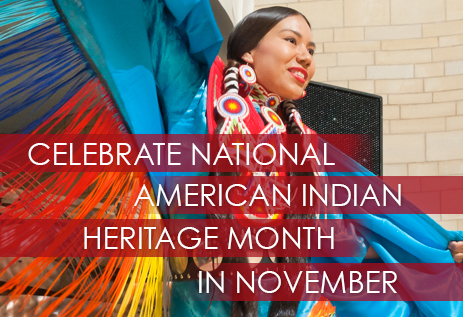
Native Americans include the indigenous peoples of Alaska, Canada, the continental USA, and Mexico. To learn more about Native cultures, please visit the Indigenous Cultures page.
The month of November starts with a Catholic holiday about life and death: All Saints’ Day. On this day, very important Catholics from the past are remembered for their good deeds.
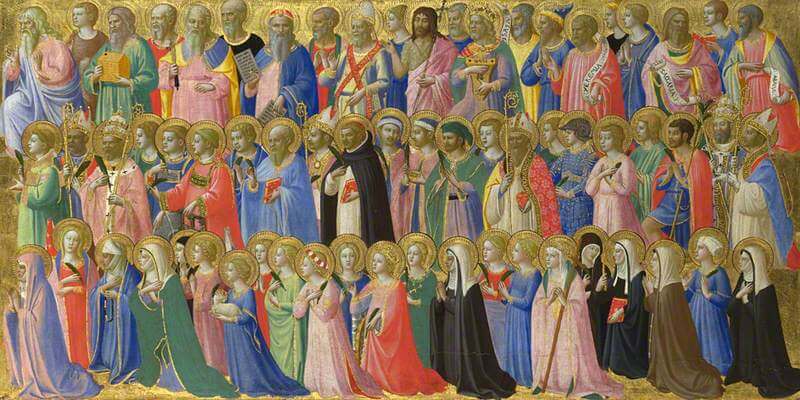
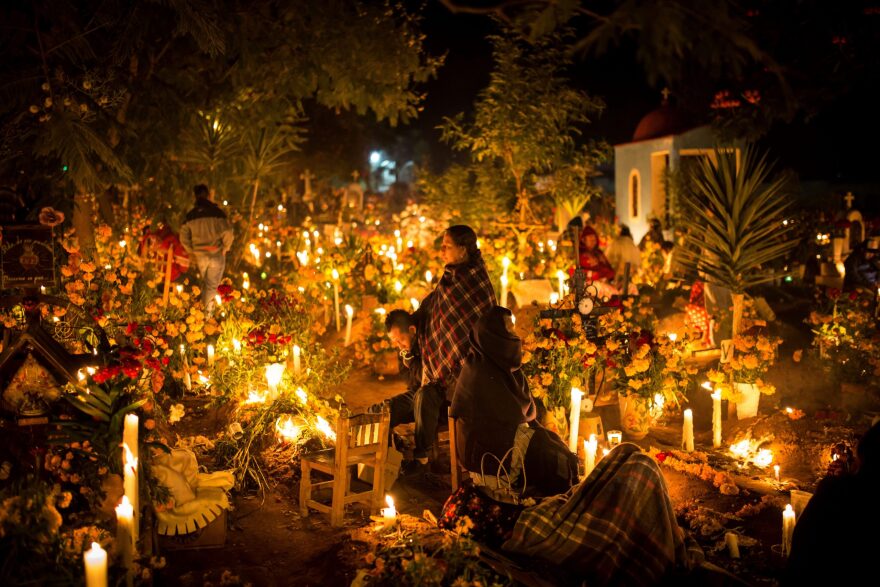
The day after All Saints’ Day is All Souls’ Day, also known as the Day of the Dead. On All Souls’ Day, the tradition is to visit the graves of family. People bring lights, food, prayer, and liveliness to the ancestors. Some leave offerings of food or other gifts, some have an overnight picnic in the graveyard (filling the dark night with brightness and life), and others simply light candles to participate in quiet, reverent remembrance.
As discussed in last month’s post, All Saints’ Day is related to Halloween and another old Celtic holiday called Samhain (サアウィン). Some people celebrate Samhain on October 31, but Samhain can also be celebrated in early November. Its original date changed slightly each year, as it was connected to the sun cycle. Some still celebrate on the day that is exactly halfway between the fall equinox and the winter solstice. Others choose a specific date: In Inverness, Scotland, Samhain is celebrated on the first Monday of November.
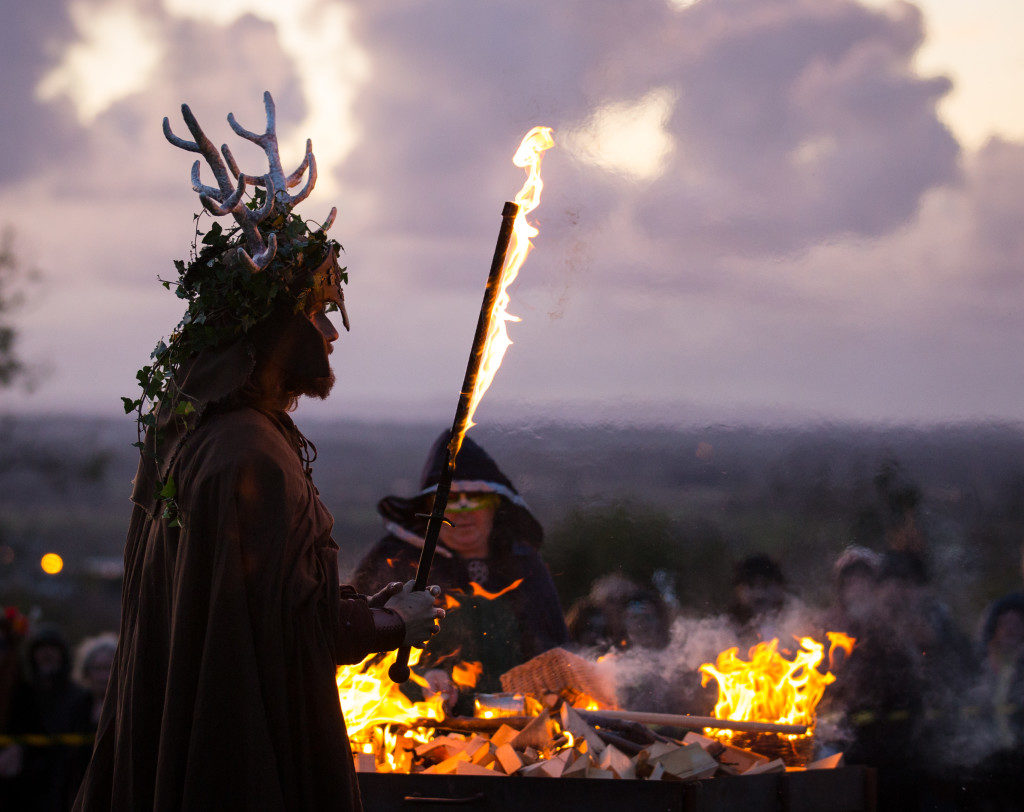
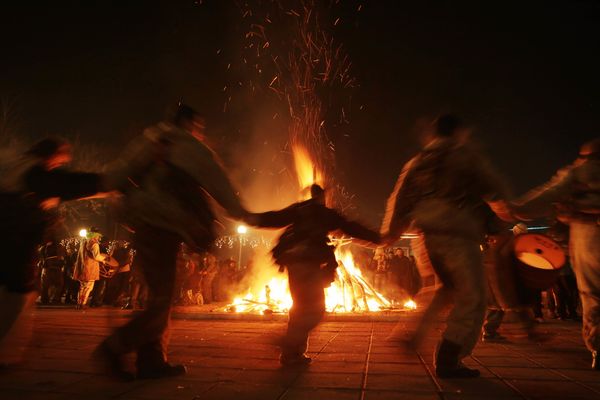
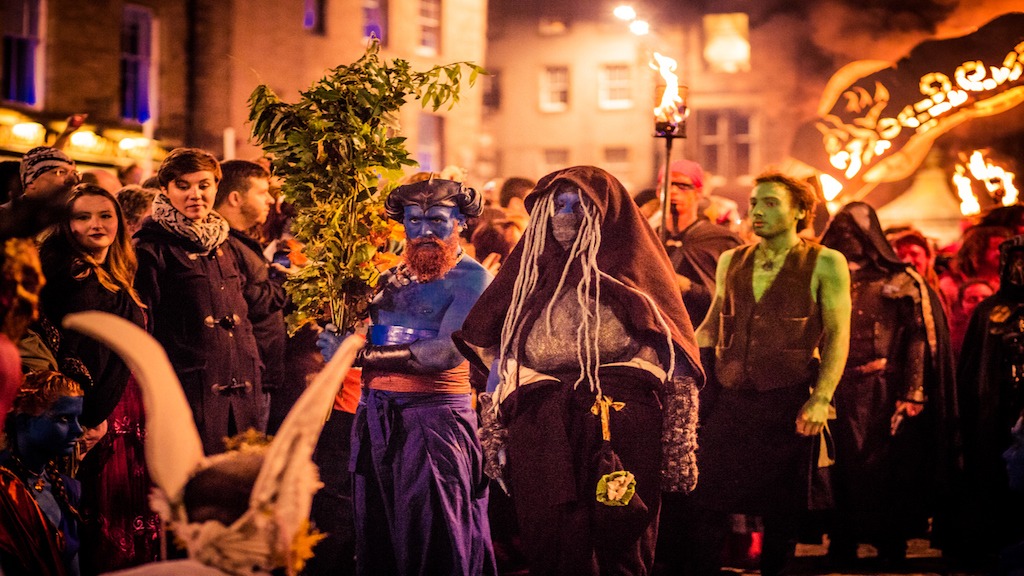
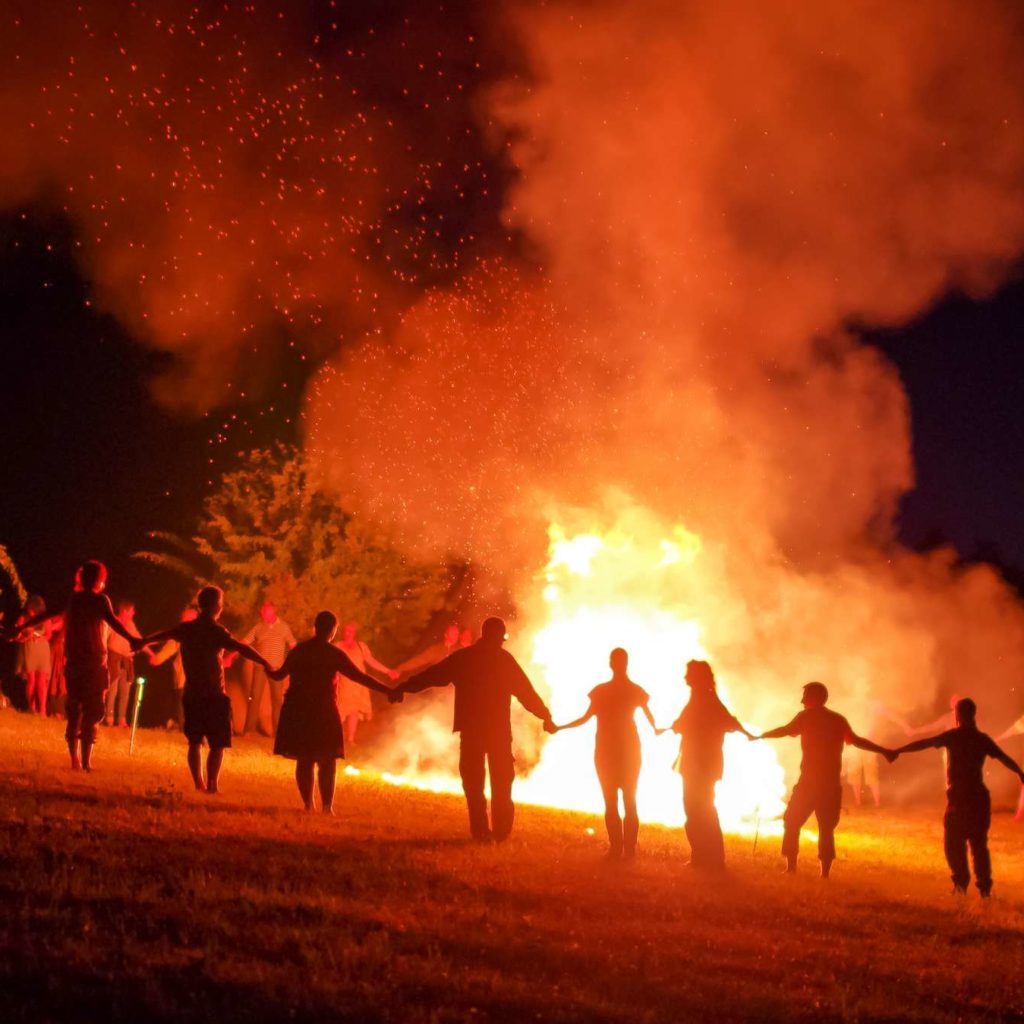
In case the bonfires for Samhain weren’t enough fires for the week, England also has a Bonfire Night on November 5th, otherwise known as Guy Fawkes’ Day, Gunpowder Treason Day, or Fireworks Night. This night remembers the attempt by a Catholic dissident, Guy Fawkes, to hide barrels of gunpowder underground and attempt to blow up the (Protestant-controlled) House of Parliament in London on November 5th, 1605. To this day, the event is remembered in a poem:
The Fifth of November
Remember, remember!
English Folk Verse (c.1870)
The fifth of November,
The Gunpowder treason and plot;
I know of no reason
Why the Gunpowder treason
Should ever be forgot!
Guy Fawkes and his companions
Did the scheme contrive,
To blow the King and Parliament
All up alive.
Threescore barrels, laid below,
To prove old England’s overthrow.
But, by God’s providence, him they catch,
With a dark lantern, lighting a match!
A stick and a stake
For King James’s sake!
If you won’t give me one,
I’ll take two,
The better for me,
And the worse for you.
A rope, a rope, to hang the Pope,
A penn’orth of cheese to choke him,
A pint of beer to wash it down,
And a jolly good fire to burn him.
Holloa, boys! holloa, boys! make the bells ring!
Holloa, boys! holloa boys! God save the King!
Hip, hip, hooor-r-r-ray!
The events of Guy Fawkes’ Night are also strongly referenced in the 2005 movie V for Vendetta – early lines of the poem and Guy Fawkes masks are included in the movie, as are the themes of fire, underground explosions, personal martyrdom for a cause, and overthrowing a flawed system.

Overthrowing one’s own government in response to tyranny, as seen in this holiday, is generally called a rebellion if it fails (or you disagree) or a revolution if it succeeds (or you support it).
Other threats to a nation come from outside, and this attack is instead called an act of war. War is tragic and costs many lives; many families suffer.
To remember the people who served in war, there is a holiday called Veterans’ Day (USA) or Remembrance Day (Commonwealth countries) on November 11th. It was formerly known as Armistice Day, the day that World War I formally ended in Europe. After World War II, the countries decided to change the name to reflect a more general sense of sacrifice and loss. In the Commonwealth countries, Remembrance Day focuses on the lives lost in war. In the USA, where Memorial Day already existed as a May holiday, November 11th became a day to remember the sacrifices and service of living veterans of the military.
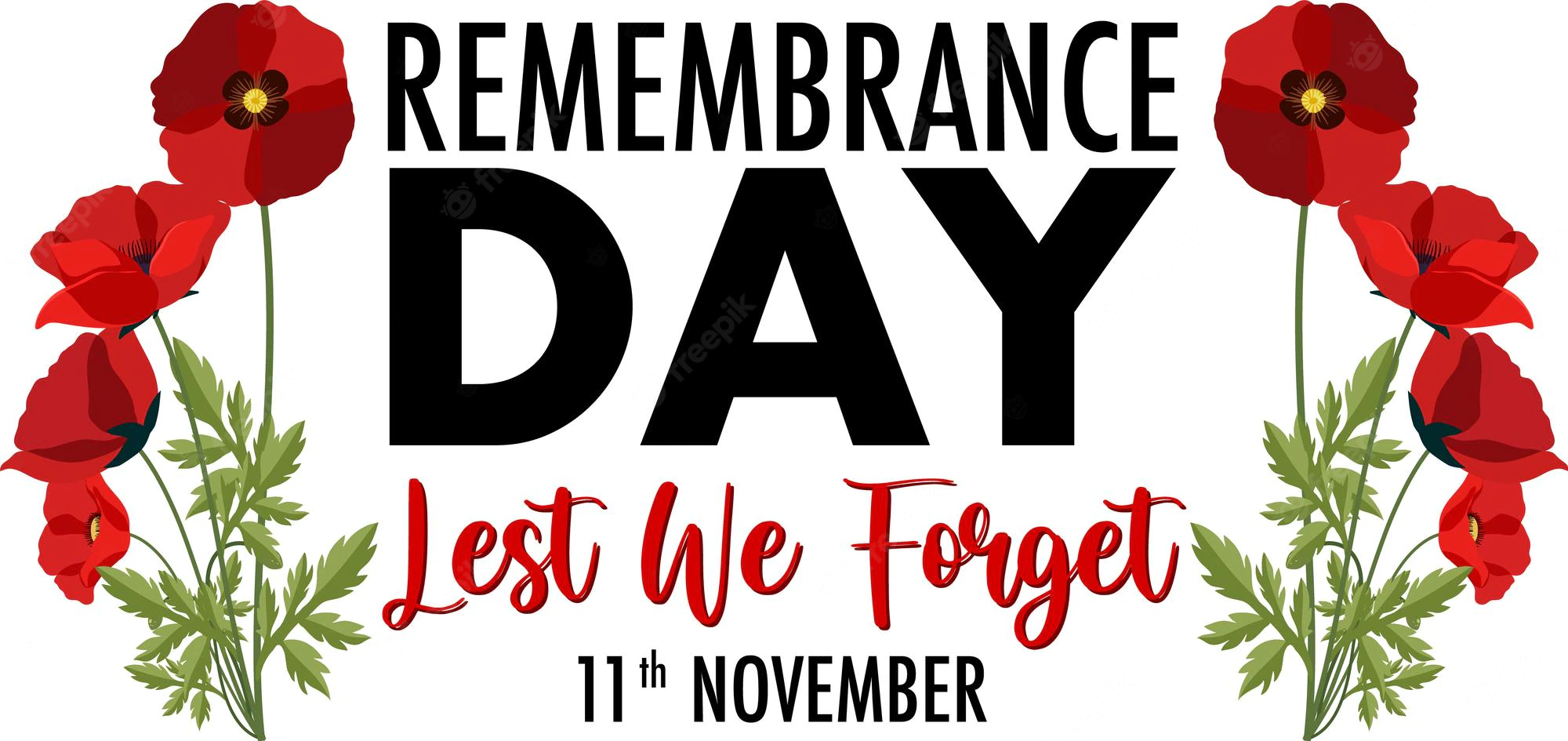
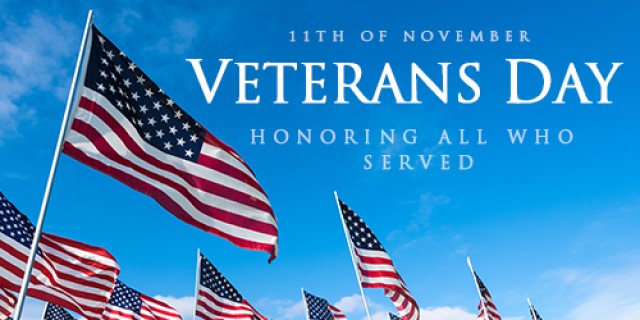
Finally, a notable holiday that many people celebrate in in November is Thanksgiving, an American holiday in the “North America” sense. Thanksgiving happens in Canada on the second Monday in October and in the USA on the 4th Thursday of November. Thanksgiving acts as a sort of harvest festival in some ways, so having an earlier date in a more northerly country, or a later date in a more southerly country, makes sense.
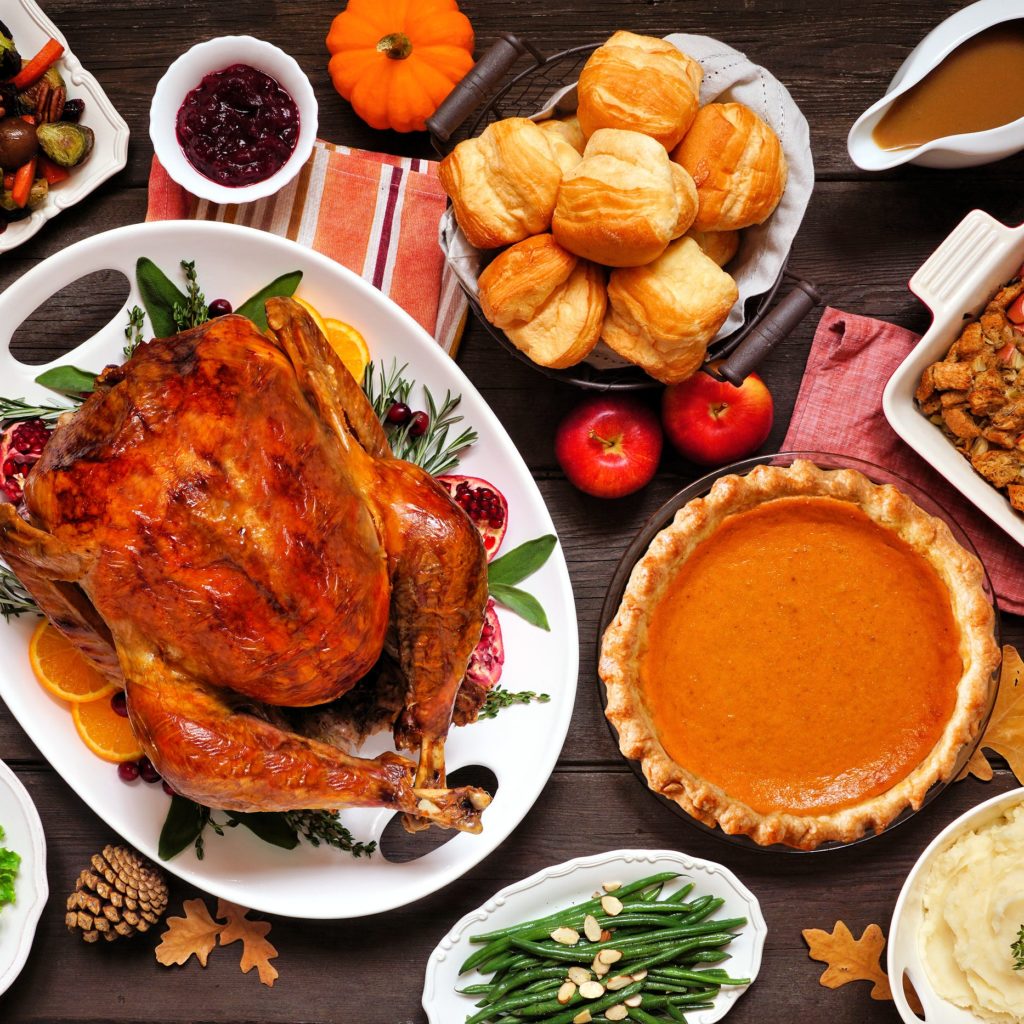
Although they have many things in common, Canadians and U.S. residents have slightly different reasons for celebrating Thanksgiving.
Explaining Canadian Thanksgiving to Americans (Comedy Video)
Some things are the same: in both countries, Thanksgiving celebrates food, family, and a good harvest at the year’s end. And both celebrations officially place their origins in the Age of Exploration, remembering Protestant European immigrants who gave thanks to God for surviving an ocean journey. (For Canada, some say that Thanksgiving commemorates the grateful celebration of explorer Martin Frobisher, who survived icy oceans and landed in Nunavut in 1578, where he gave thanks for his good fortune. For the USA, Thanksgiving commemorates the arrival of the Pilgrims on the Mayflower in 1620 and their peaceful harvest feast with the local Wampanoag tribe in the autumn of 1621.) In both cases, the religious symbolism of the celebration has slowly faded in the broader culture. Also in both cases, the tradition of thanksgiving for the harvest actually existed among the indigenous peoples before European contact, just as harvest festivals already existed in Europe, so the level of syncretism is ambiguous. In addition, there are similar foods at both Thanksgivings: both countries serve turkey, stuffing, cooked root vegetables, potatoes, gravy, and pumpkin pie. Both countries recognize it as a national holiday, and both countries officially established that national holiday in the mid-late 19th century.
But the differences are also important: Aside from the different dates, Thanksgiving has different traditions and associations in each country. Thanksgiving is more culturally significant and famous in the USA, so much so that many people don’t know that it also happens in Canada. Canada formalized its national holiday in 1859, and it quickly became a day of thankfulness that they were not involved in a civil war (unlike the USA, 1861-1865). In 1870, the formalization of Thanksgiving as a national holiday in the USA also encouraged people to give thanks for the lack of civil war, but this was done to encourage unity in the face of lingering resentment and divisiveness. Canada has also chosen to focus more on universal themes of food and family, while the USA still explicitly ties the holiday to the Pilgrims and the Mayflower. These strong associations are not harmonious to the universal celebration of the U.S. event, as some Native people still remember that the same Wampanoags who offered food and support to the Pilgrims were brutally attacked, enslaved, and murdered by them in a conquest for land a generation later, in King Philip’s War. (For some tribes, Thanksgiving Day is a day of mourning.) Therefore, Thanksgiving is a more controversial event in the USA than it is in Canada.
There are other differences: While Canada has national sports games on their Thanksgiving Day, the U.S. Thanksgiving has stronger associations with sports, specifically American football – there is always a major professional game on national TV that day, which many people watch, and many families play their own game of football outside after an early dinner. In addition, commercialism heavily affects U.S. Thanksgiving celebrations, with major sales events like “Black Friday” and “Cyber Monday” (now “Cyber Week”) growing increasingly toxic and predatory.
However, many Americans cling to the celebration of unity and family in the holiday, and they are hoping to shift the holiday’s focus to more positive associations. Similar to the recent shift towards replacing Columbus Day with Indigenous Peoples’ Day, some people are now choosing to focus on the experiences of Native peoples and respectfully embrace their foods and cultures during this holiday. Others use Thanksgiving as a day to celebrate America’s multiculturalism. In addition, “Black Thanksgiving” (which has nothing to do with Black Friday) remembers annual thankfulness for different reasons.